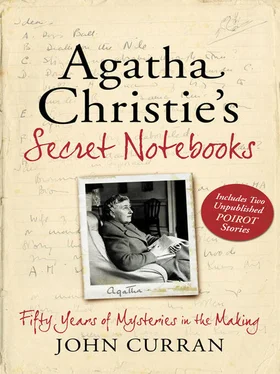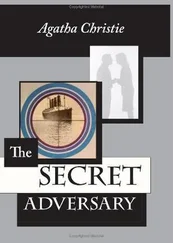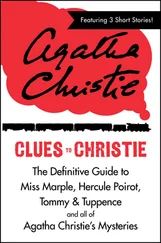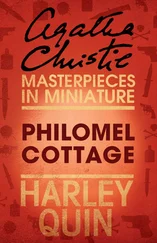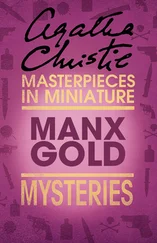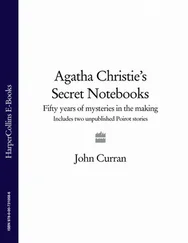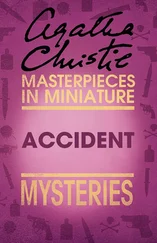In some cases the notes are sketchy and consist of little more than a list of characters ( Death on the Nile —Notebook 30). And some titles have copious notes— They Came to Baghdad (100 pages), Five Little Pigs (75 pages), One, Two, Buckle my Shoe (75 pages). Other titles outline the course of the finished book so closely that I am tempted to assume that there were earlier, rougher notes that have not survived. A case in point is Ten Little Niggers (aka And Then There Were None ). In her Autobiography she writes: ‘I had written the book Ten Little Niggers because it was so difficult to do that the idea fascinated me. Ten people had to die without it becoming ridiculous or the murderer becoming obvious. I wrote the book after a tremendous amount of planning.’ Unfortunately, none of this planning survives. What there is in Notebook 65 (see Chapter 4) follows almost exactly the progress of the novel. It is difficult to believe that this would have been written straight on to the page with so few deletions or so little discussion of possible alternatives. Nor are there, unfortunately, any notes for the
It is a major disappointment that there remains nothing from the creation of two of Christie’s most famous titles— The Murder of Roger Ackroyd and Murder on the Orient Express. These are among her most audacious constructions and a behind-the-scenes look could have been fascinating. About the latter we know absolutely nothing, as it is not mentioned even in passing. Notebook 67 does have a list of characters from The Murder of Roger Ackroyd but nothing more. There is, however, some background to its creation contained in an intriguing correspondence with Lord Mountbatten of Burma.
In a letter dated 28 March 1924 Mountbatten wrote to ‘Mrs Christie, Author of The Man who was No. 4, c/o The Sketch’ (this was a reference to the recently finished serial publication of The Big Four in that magazine). Writing in the third person, he expressed his admiration for Poirot and Christie and begged to offer an idea for a detective story. He explained that, although he had had a few stories published under a pseudonym, his career at sea did not leave a lot of time for writing.
Briefly, his idea was that Hastings, before he leaves for South America, should introduce a friend, Genny, to Poirot. When a murder occurs Poirot writes to inform Hastings and explains that Genny will write subsequent letters keeping him abreast of developments. The plot involves the drugging of the victim to appear dead; when the body is ‘discovered’, the murderer stabs him. Genny’s alibi appears impeccable as he is with Poirot until the discovery. Only in the final chapter is Genny unmasked as the killer. As can be seen, Christie retained the underlying suggestion, the narrator/murderer idea. All the surrounding detail, however, was her embroidery on his basic pattern.
On 26 November 1969 Mountbatten wrote again to congratulate Christie on The Mousetrap’s seventeenth birthday. She replied within the week and apologised in case she had not acknowledged his suggestion of 45 years earlier (he subsequently assured her that she had), thanked him for his kind words and enclosed her latest book, Hallowe’en Party (‘not as good as Roger Ackroyd but not too bad’). She also mentioned that her brother-in-law, James, had suggested a similar narrator/murderer plot to her around the same time, although she had thought then that it would be very difficult to carry off.
dramatisation of this famous story. For the rest of her career we are fortunate to have notes on all of the novels. In the case of most of the later titles the notes are extensive and detailed—and legible.
Fewer than 50 of almost 150 short stories are discussed in the pages of the Notebooks. This may mean that, for many of them, Christie typed directly on to the page without making any preliminary notes. Or that she worked on loose pages that she subsequently discarded. When she wrote the early short stories she did not consider herself a writer in the professional sense of the word. It was only after her divorce and the consequent need to earn her living that she realised that writing was now her ‘job’. So the earliest adventures of Poirot as published in 1923 in The Sketch magazine do not appear in the Notebooks at all, although there are, thankfully, detailed notes for her greatest Poirot collection, The Labours of Hercules (see Chapter 11). And many of the ideas that she sketched for short stories did not make it any further than the pages of the Notebooks (see ‘The House of Dreams’, page 303).
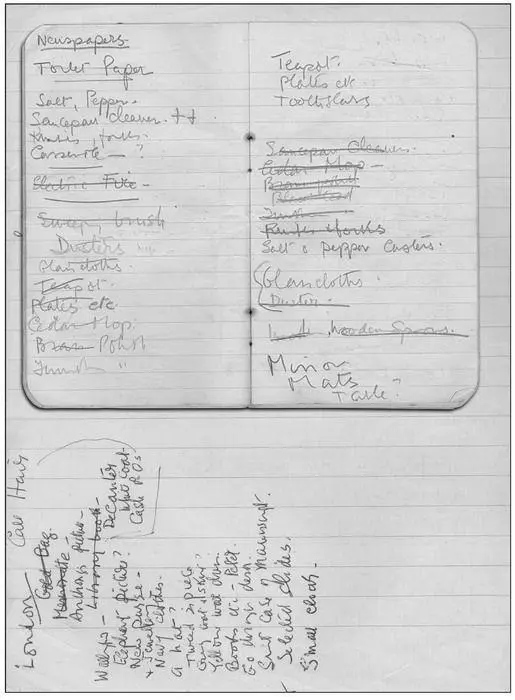
Two examples of Agatha Christie, the housekeeper. The heading ‘Wallingford’ on the lower one confirms that they are both lists of items to bring to or from her various homes.
There are notes on most of her stage work, including unknown, unperformed and uncompleted plays. There are only two pages each of notes for her most famous and her greatest play, Three Blind Mice (as it still was at the time of writing the notes) and Witness for the Prosecution respectively. But these are disappointingly uninformative, as they contain no detail of the adaptation, merely a draft of scenes without any of the usual speculation.
And there are many pages devoted to her Autobiography, her poetry and her Westmacott novels. Most of the poetry is of a personal nature as she often wrote a poem as a birthday present for family members. And, in the case of these poems, having little prior knowledge of the subject matter does not help when deciphering near-illegible handwriting. There are only 40 pages in total devoted to the Westmacott titles and no detailed planning. Of that relatively small number many are taken up with quotations that included possible titles. Many of these were not used but make for fascinating reading. And the notes for the Autobiography are, for the most part, diffuse and disconnected, consisting of what are, in effect, reminders to herself.
…I usually have about half a dozen on hand…
It could reasonably be supposed that each Agatha Christie title has its own Notebook. This is emphatically not the case. In only five instances is a Notebook devoted to a single title. Notebooks 26 and 42 are entirely dedicated to Third Girl ; Notebook 68 concerns only Peril at End House ; Notebook 2 is A Caribbean Mystery ; Notebook 46 contains nothing but extensive historical background and a rough outline for Death Comes as the End. Otherwise, every Notebook is a fascinating record of a productive brain and an industrious professional. Some examples should make this clear.
Notebook 53 contains:
Fifty pages of detailed notes for After the Funeral and A Pocket Full of Rye alternating with each other every few pages
Rough notes for Destination Unknown
A short outline of an unwritten novel
Three separate and different attempts at the radio play Personal Call
Notes for a new Mary Westmacott
Preliminary notes for Witness for the Prosecution and The Unexpected Guest
An outline for an unpublished and unperformed play, Miss Perry
Some poetry
Notebook 13 contains:
Death Comes as the End —38 pages
Taken at the Flood —20 pages
Sparkling Cyanide —20 pages
Mary Westmacott—6 pages
Foreign Travel Diary—30 pages
The Hollow, Curtain, N or M? —4 pages each
Читать дальше
Конец ознакомительного отрывка
Купить книгу
